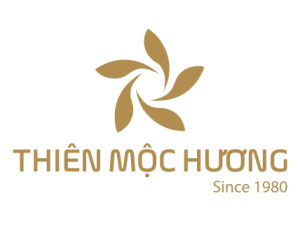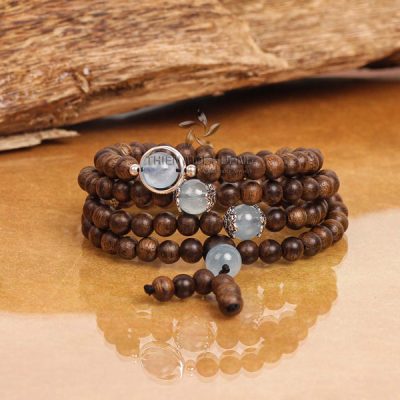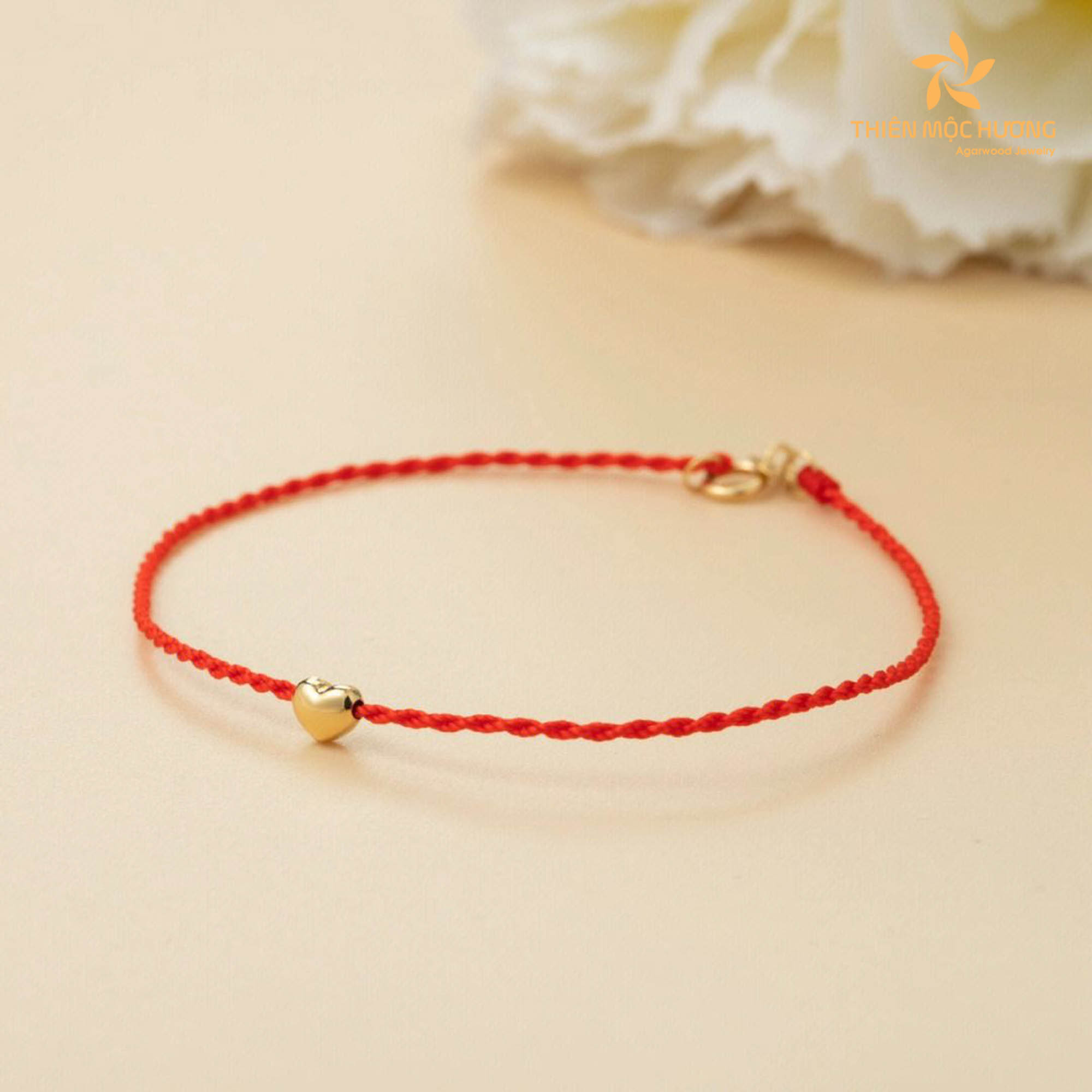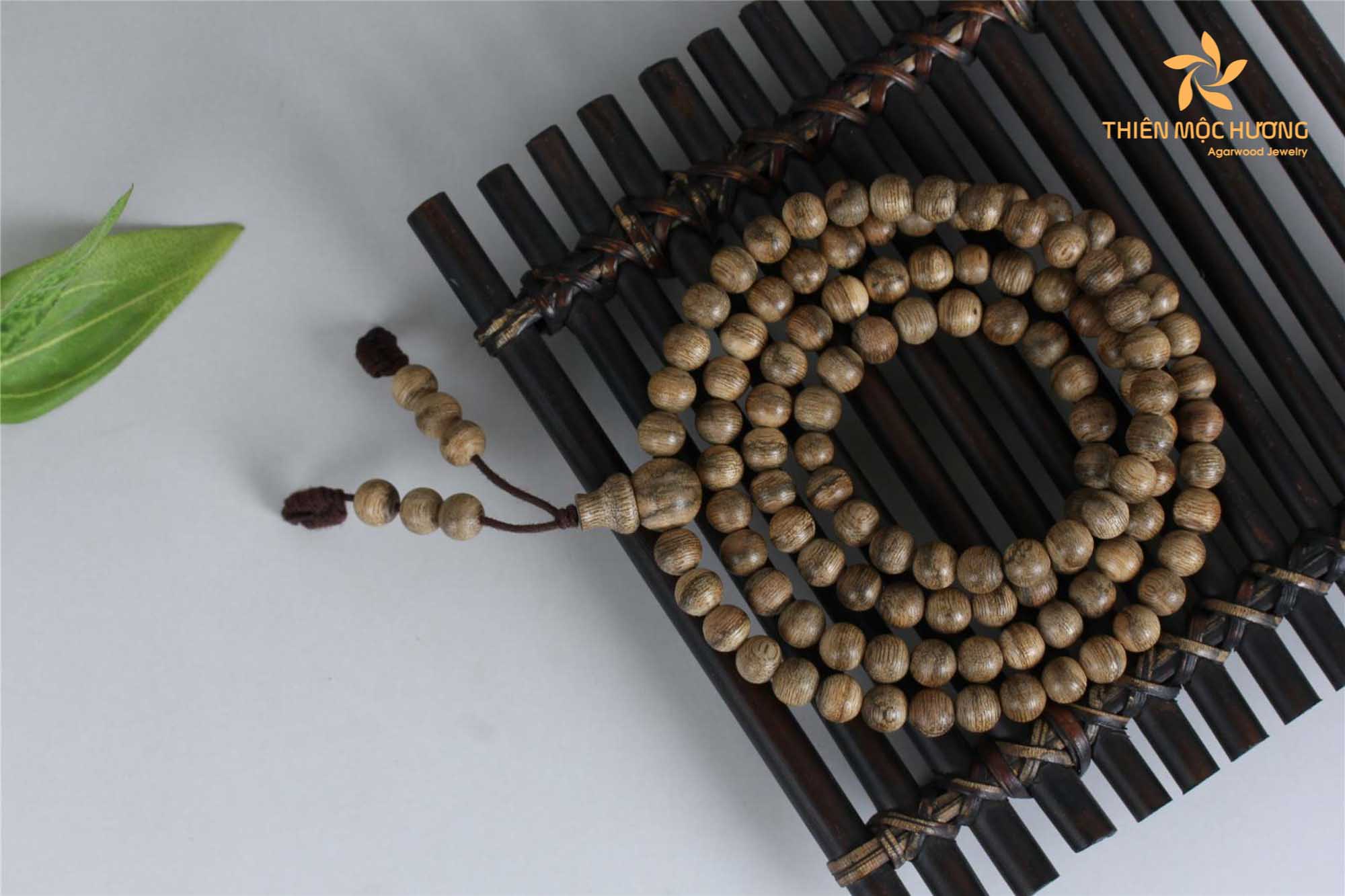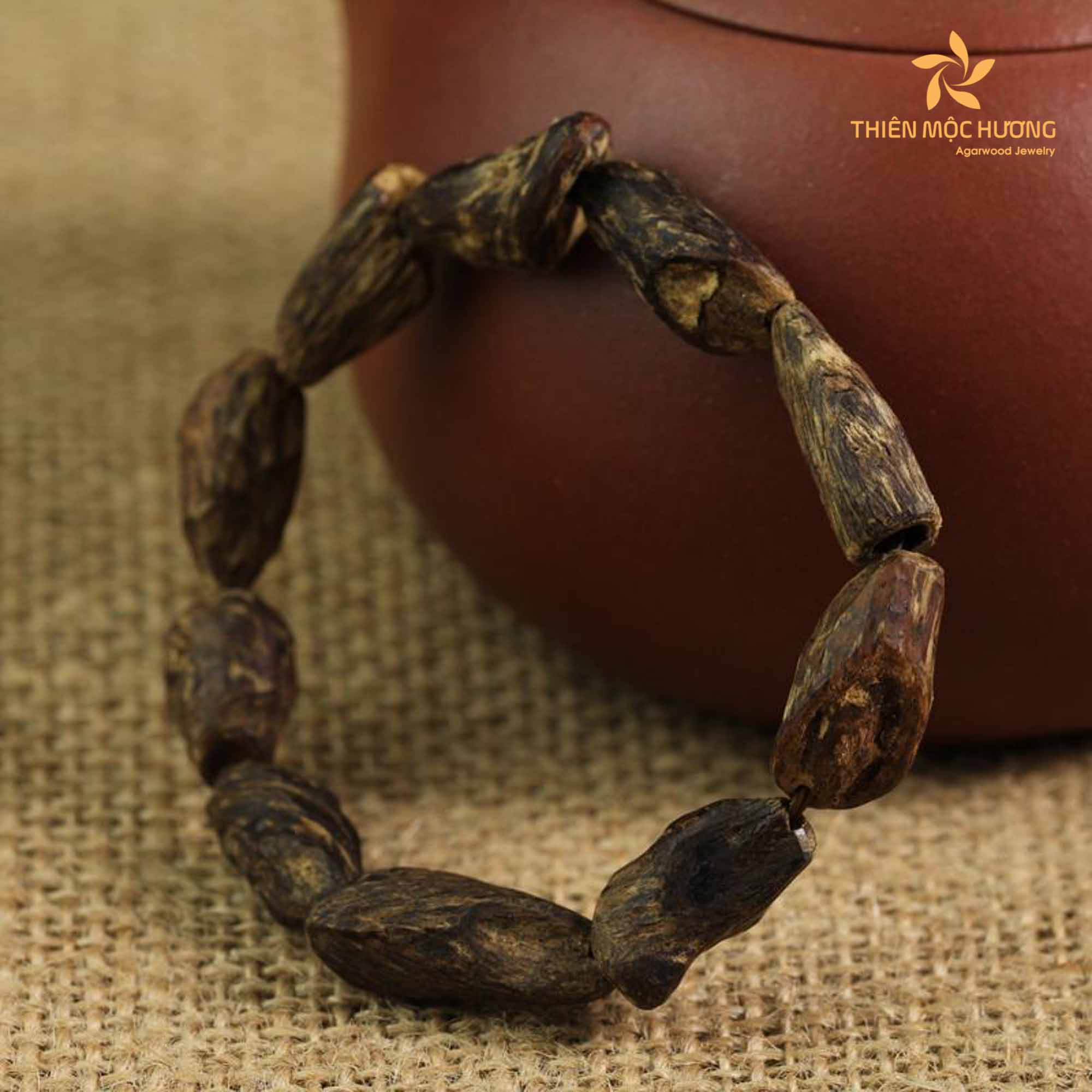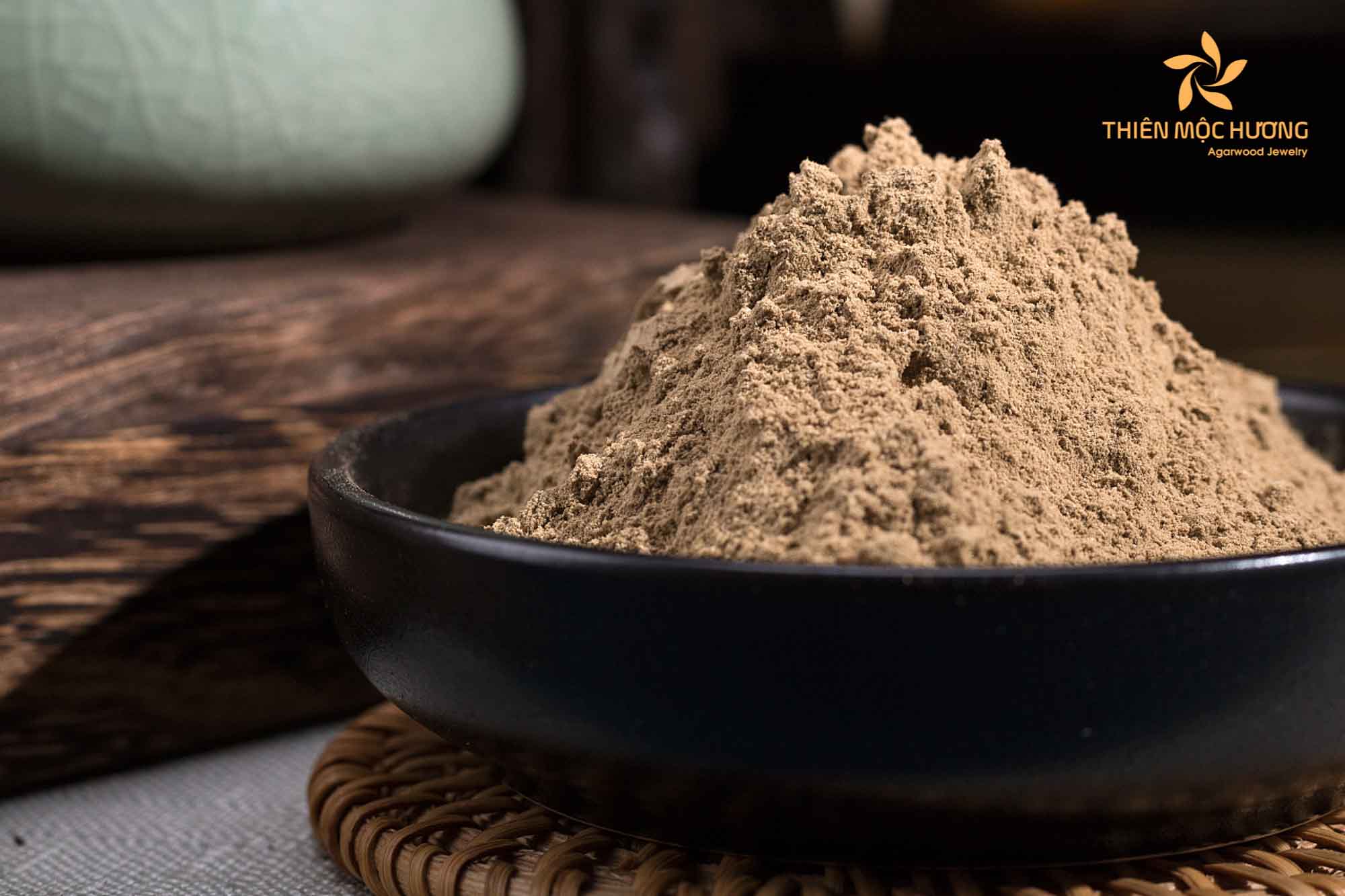The natural Agarwood tree, also known as the Agarwood tree, is one of the rare and valuable types of wood in Vietnam. Many people are familiar with it because of the extremely useful purposes of Agarwood. Let’s explore more about the Agarwood tree and how to distinguish different types of Agarwood in the article below!
I. Introduction of Agarwood tree
What is agarwood tree?
Agarwood tree, also known as Aquilaria crassna tree, is a type of tree that develops Agarwood inside its trunk. It has a grayish-white appearance on the outside, is tall in stature, has long leaves, and mostly white wood inside. In a few spots within, there is a layer of black resin, and this is what we call agarwood.
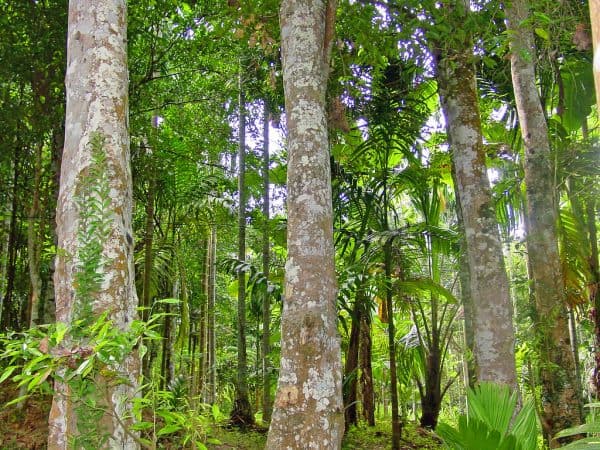
Agarwood is created when the Agarwood tree is injured, infected with mold, and produces a resin to defend against natural threats. Over time, this resin forms into agarwood. That’s why many people commonly use the term ‘agarwood tree’ to refer to the type of tree that produces agarwood. Agarwood trees are often known by various common names such as the agarwood tree, ky nam tree, agarwood tree, and more. Scientifically, it is known as Aquilaria agallocha Roxb.
II. Characteristics of agarwood tree
Agarwood trees typically reach a height of about 20 – 30 meters, and in larger trees, the trunk’s diameter can even reach 60 – 80 centimeters.
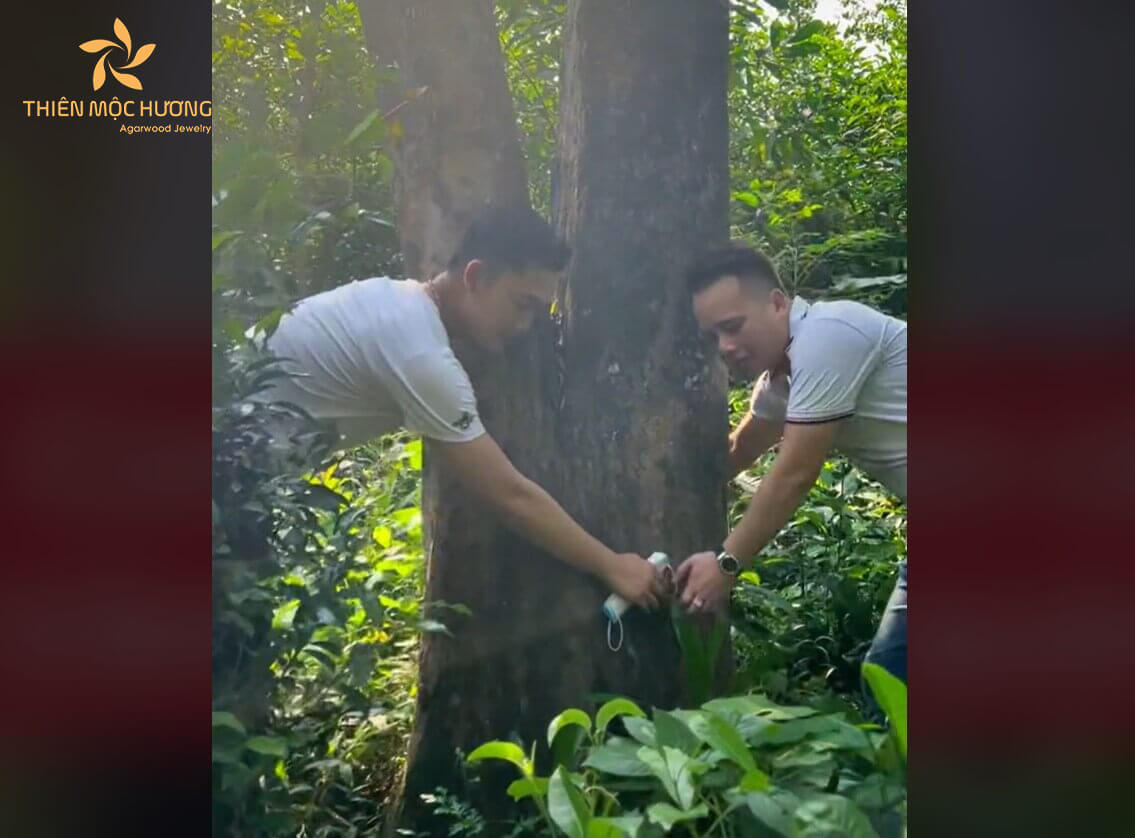
The trunk of the Agarwood tree (also known as Aloeswood) is straight, with grooves resembling channels running along its surface. The outer bark of the Aloeswood trunk is usually smooth and grayish-brown, with white portions containing a lot of fiber. The branches of this type of tree are slender, curving, often light brown, and the leaf clusters are very sparse.
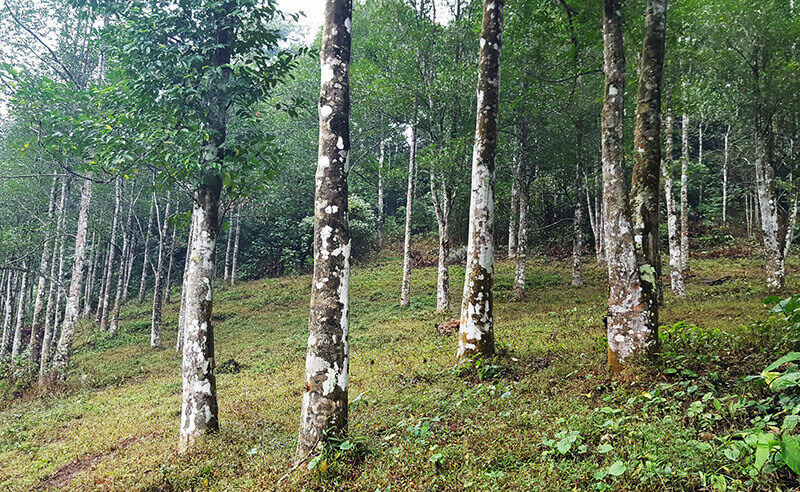
The leaves of natural Agarwood trees typically grow alternately, with long stems measuring 4 – 6mm in length. The leaf blades have a distinctive shape, being elongated and oval.
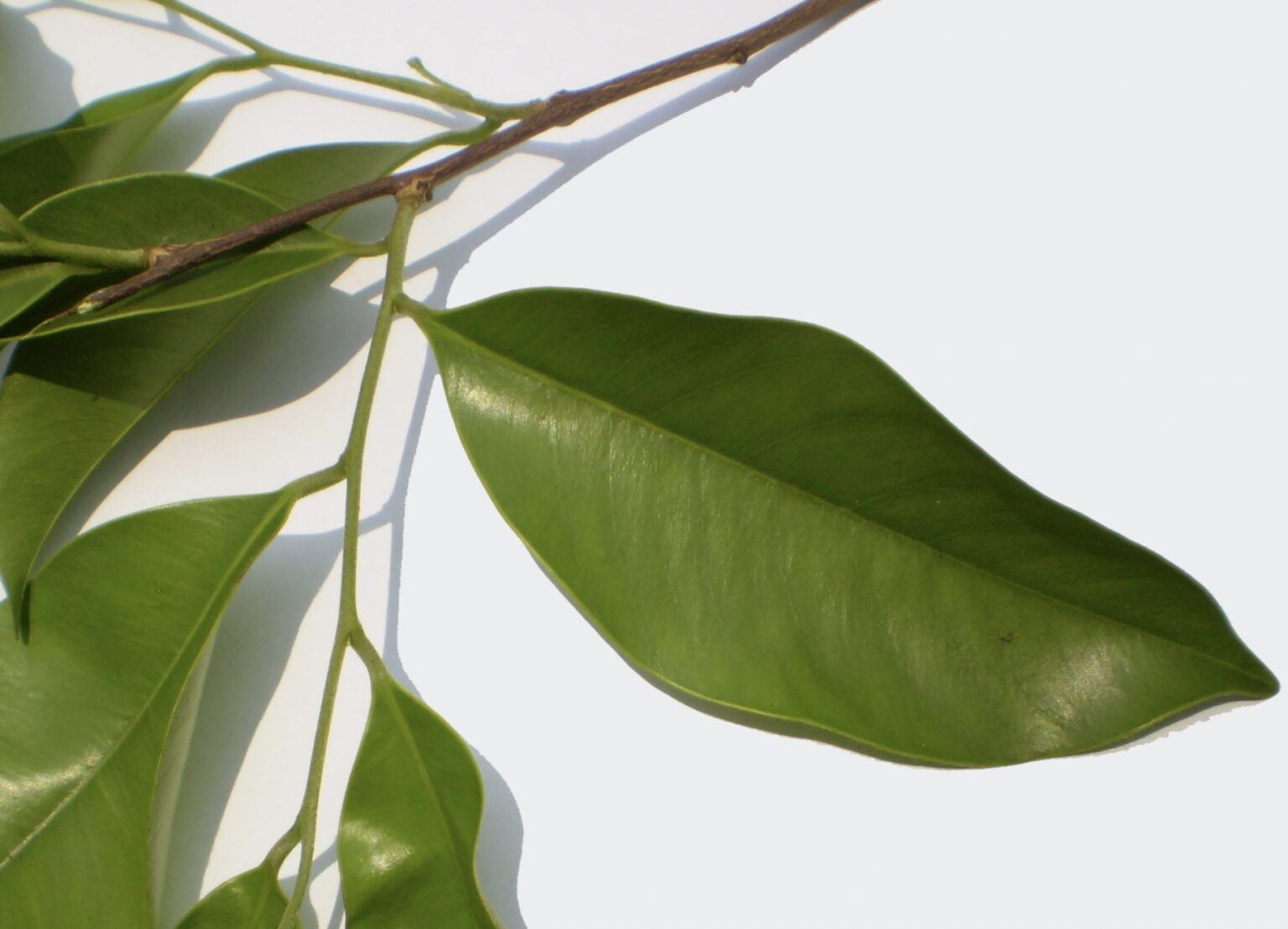
Agarwood trees (Aloeswood) also produce flowers, with clusters of flowers usually forming at the tips of branches in small bunches. The flowers of Agarwood trees can be yellow-green, pale white, or grayish-yellow, and they have fine, smooth hairs on the inner surface.
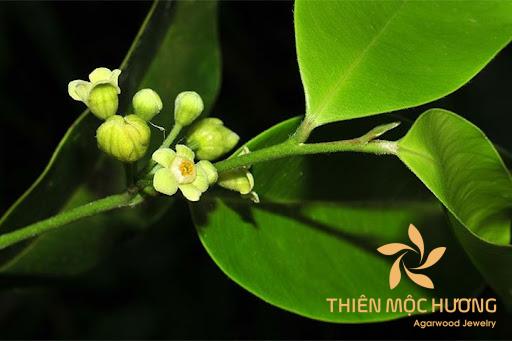
The fruit of the Agarwood tree measures about 4cm in length, 3cm in width, and 2cm in thickness. Each Agarwood fruit contains two seeds and typically ripens during the summer months, around June to July.
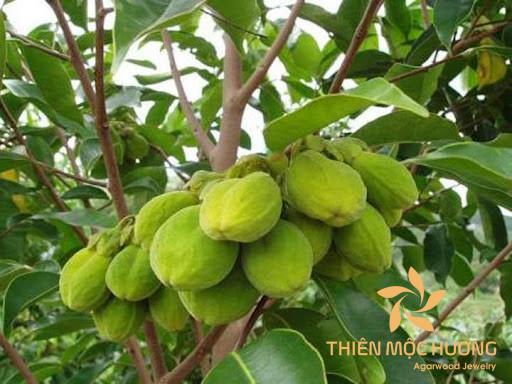
Agarwood is a heavy or light wood block, depending on the amount of essential oil it contains. The older the Agarwood, the heavier it tends to be. Its scent is mild and distinctive. When burned, Agarwood emits a clear and pleasant fragrance.
The color of Agarwood varies due to the interweaving wood grains. The intensity of the color also depends on the Agarwood’s classification. Older Agarwood tends to have a darker color.
Agarwood’s price is very high because the production of Agarwood is becoming increasingly scarce. Many fake Agarwood products are currently flooding the market at much lower prices. Therefore, it’s essential to know how to identify genuine Agarwood to avoid purchasing low-quality items.
III. Where do Agarwood trees live?
Agarwood trees are primarily found in Asian countries, specifically in Southeast Asia within dense tropical rainforests. Some countries with suitable climates for these trees include Vietnam, Laos, Indonesia, Malaysia, and the Philippines. In Vietnam, agarwood is concentrated in mountainous provinces, the Central region, and the Central Highlands. Provinces like Quang Nam, Khanh Hoa, Kien Giang (Phu Quoc) are renowned as agarwood regions, where long-established agarwood groves thrive.
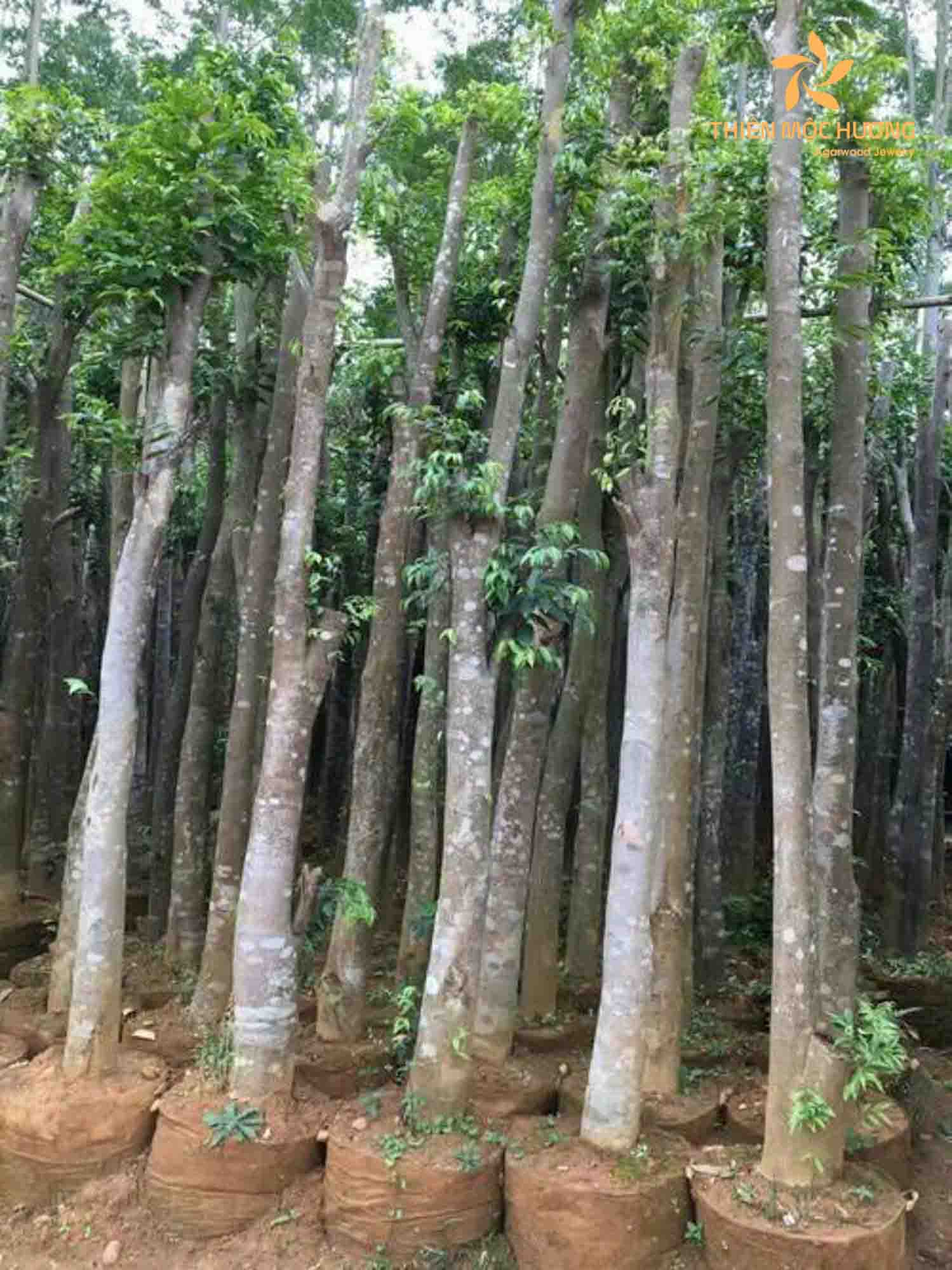
IV. Should we investing in Agarwood tree
Agarwood tree prices and factors affecting them
The prices of agarwood tree can vary widely depending on various factors such as:
- The quality of the resin produced, with higher quality resins commanding higher prices.
- The method of infection used to induce resin production, with natural infections producing more valuable resin than induced infections.
- The geographical location of the trees, with agarwood from certain regions such as Assam and Thailand being more expensive.
- The rarity of the agarwood, with rarer species or grades being more expensive.
- The market demand and supply, with limited supply and high demand resulting in higher prices.
Agarwood tree farming in Vietnam
Agarwood tree farming
Agarwood tree farming involves the cultivation of agarwood trees for their resin. The amount of agarwood resin generated by a tree can vary greatly depending on a number of variables, such as the tree’s age, health, and genetics, as well as the infection process and resin quality. A mature agarwood tree typically produces between a few grams and several kilograms of resin per year.
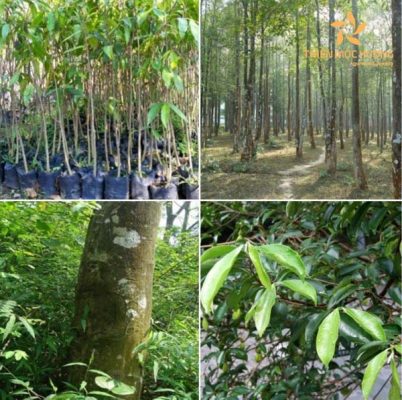
V. Agarwood Products in Human Life
Agarwood is a precious wood used in various aspects of human life. Here are some primary applications of Agarwood and Agarwood trees:
Perfume
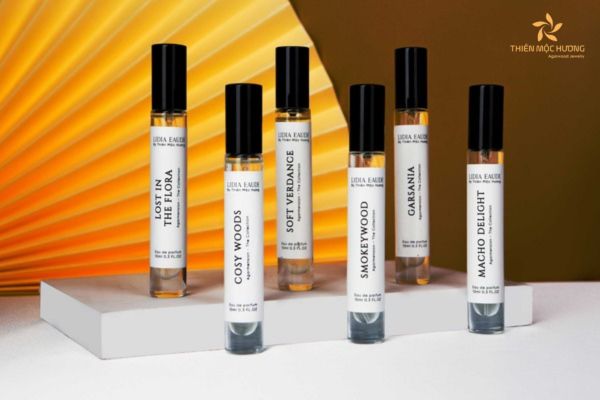
Agarwood is considered one of the essential ingredients in high-end perfumes. Its distinct aroma is used to create commercially valuable and premium fragrances.
Medicinal and Herbal Remedies
In traditional medicine, both Agarwood wood and Agarwood trees are used to make remedies for various ailments, including respiratory and digestive issues, as well as to enhance the immune system. Agarwood is also considered an herbal remedy with calming properties, used in traditional medicine to reduce stress, anxiety, and improve mood.
Religious Ceremonies
Agarwood wood and Agarwood trees are revered in many religious ceremonies, particularly in Hinduism, Buddhism, and Islam. They are used in religious rituals, prayers, and offerings, holding high spiritual value in various faiths and religious customs.
Decoration and Furniture
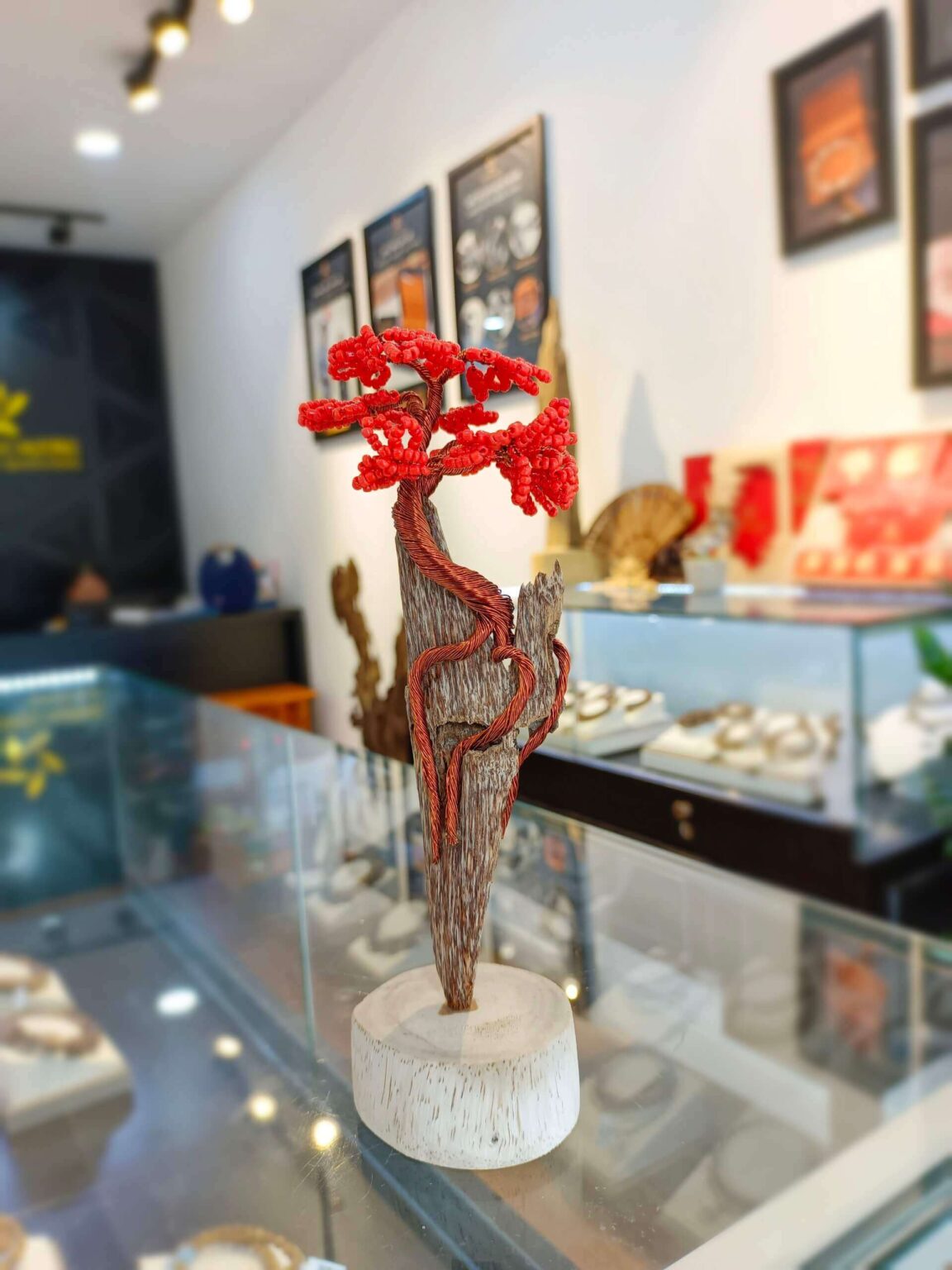
Agarwood wood and Agarwood trees are also utilized in decoration and furniture, especially in premium products like furniture, decorative items, handicrafts, and jewelry. They are highly valued for their natural beauty and distinctive fragrance.
Scientific Research
Agarwood wood and Agarwood trees are used in scientific research, particularly in materials science, biology, and pharmaceuticals. The active compounds in Agarwood wood are studied for their biological properties, anti-inflammatory activity, antioxidant potential, and therapeutic capabilities. They are also used in studies related to perfumery, cosmetics, and fragrance research.
Jewelry
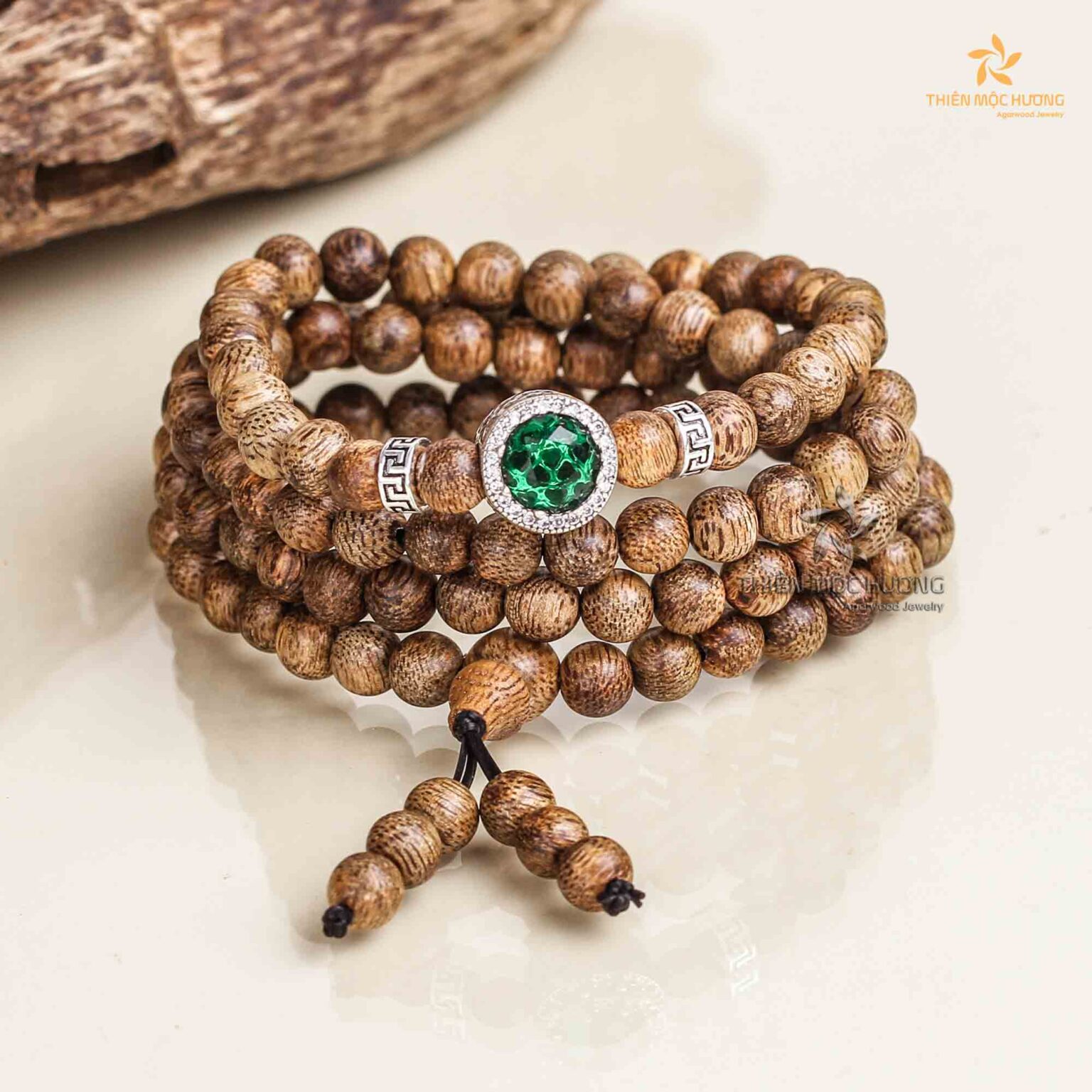
Agarwood wood is used in crafting jewelry. The unique colors and patterns of Agarwood wood are carved or polished to create unique and high-end jewelry pieces.
Aromatherapy
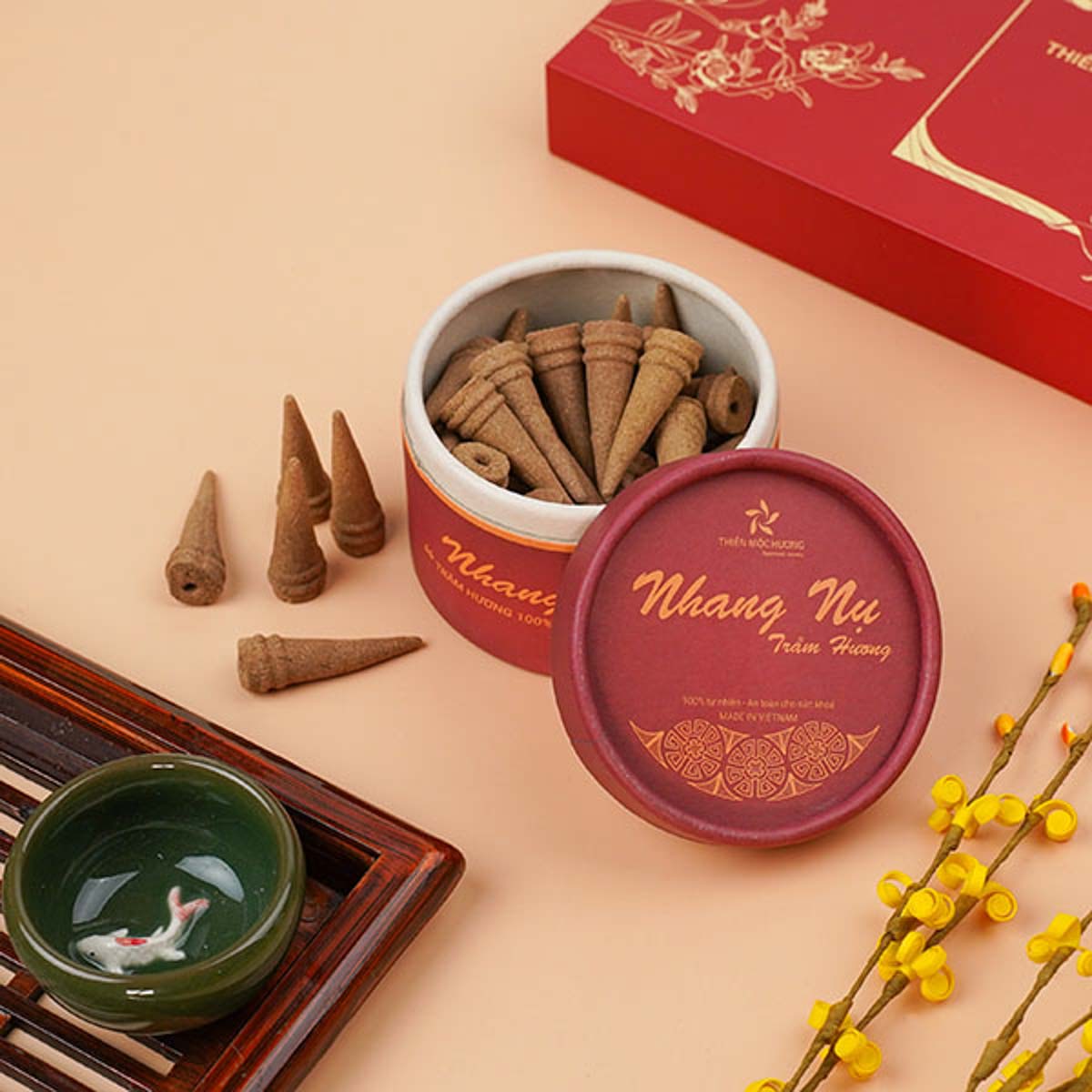
Agarwood wood and Agarwood trees are used in aromatherapy, a form of traditional therapy. Agarwood is burned to create its characteristic aroma, which is used for relaxation, stress relief, and creating a calming atmosphere.
However, due to the limited supply of Agarwood and Agarwood trees, and the insufficient availability to meet market demands, their use needs careful management and protection to ensure sustainability and the preservation of natural resources.
(1590)


